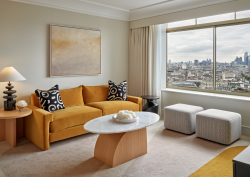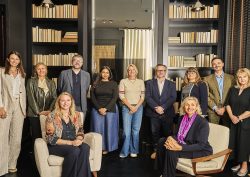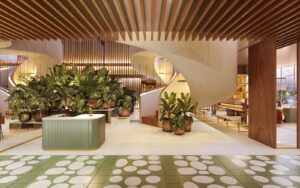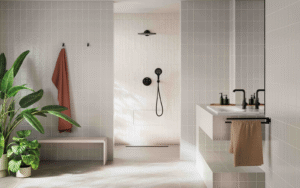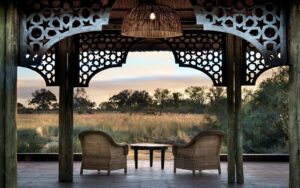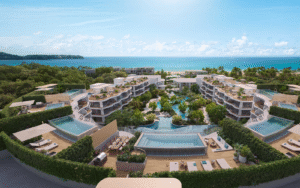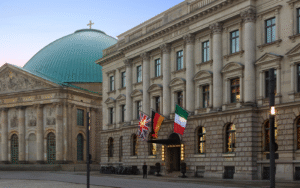Roundtable: Mood Enhancing Design: Enlighten Me
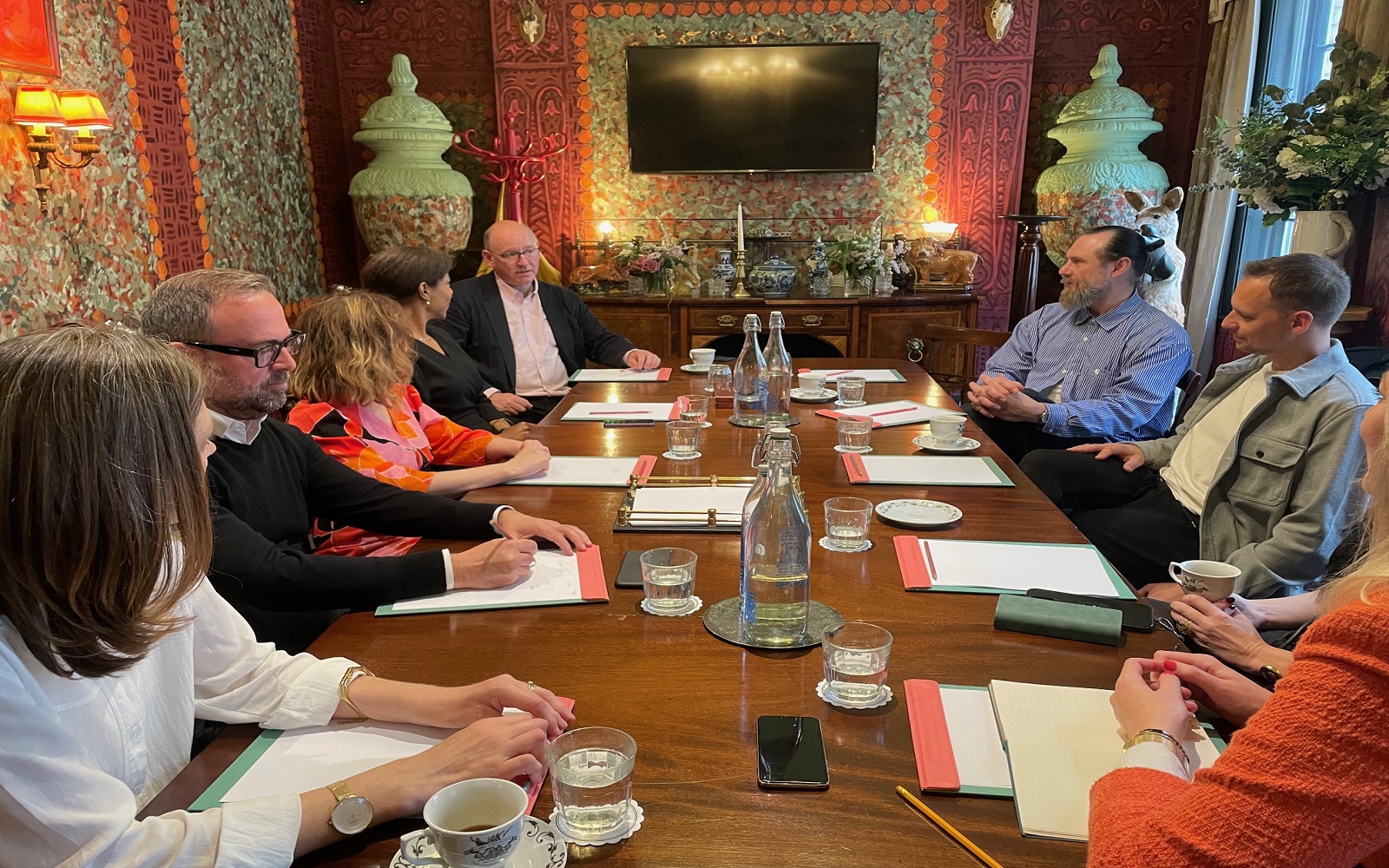
In collaboration with award-winning lighting manufacturer Franklite Ltd, Hotel Designs Editor Sophie Harper hosted a lively discussion alongside Mark Lissauer, Export Director at Franklite Ltd on the impact of design on mood and perception with a group of esteemed interior designers…
Taking place during Clerkenwell Design Week, there was much to be inspired by as the group gathered together in the private dining space at The Zetter Townhouse – a quirky bolthole in the heart of the design district.
The group dynamic was lively as attendees introduced themselves and shared stories about recent projects and shared interests. Laughter became infectious as one humorous story led to another, and ensued throughout the conversation on the impact of design on mood (the tone set by our own unusual surroundings featuring an additional guest in the shape of a boxing gloved kangaroo named Geoffrey).
Meet our panellists:

Left to right from the top: Emma Maxwell, Founder & Creative Director, Emma Maxwell Design; Michael Fern, Director, Tonik Edge; Rasha Gamal, Designer, Wimberly Interiors; Joe Troughton, Associate Designer, David Collins Studio; David Mason, Creative Director, Regal London; Clare McDonald, Creative Director, Design Command; Brooke Radtke, Interior Design Lead Europe, Woods Bagot.
We kicked off the conversation by discussing hotels we particularly liked, and places we’d recommend to friends to take a first date, although a number of guests admitted it was some length of time since they’d last experienced a first date themselves.
The conversation concentrated largely on the effect of lighting on creating intimacy, confidence, and joy, and unanimously the table agreed that working with a lighting consultant was paramount to the success of setting the right level, particularly in public and dining spaces.
Emma Maxwell: “Whenever I’m briefing or discussing a space with a technical lighting designer, I refer to it as sculpting the space out – it’s a significant part of the overall design.”
Clare McDonald: “We have to create a new level of lighting in a restaurant because it has such a different feeling in the daytime to the evening – and there are always more lights than you think there are. We learn so much from lighting consultants. Lighting configurations have to be meticulous to create the correct mood.”
David Mason: “Lighting sets the function for each part of the day as well, so it’s got to span a number of spaces from morning to evening whilst creating a journey and an atmosphere through all those spaces, especially with hotels to create drama in public spaces and outside while delivering the practical elements too.”
Brooke Radtke: “The benefit of bringing a lighting designer in alongside what we do is because we get very focussed as designers on the key aspects within the space, it’s really good to have someone to step back and be able to add those layers of design but looking at it from a different perspective and bringing that specialty knowledge and helping to enhance what we’re doing.”
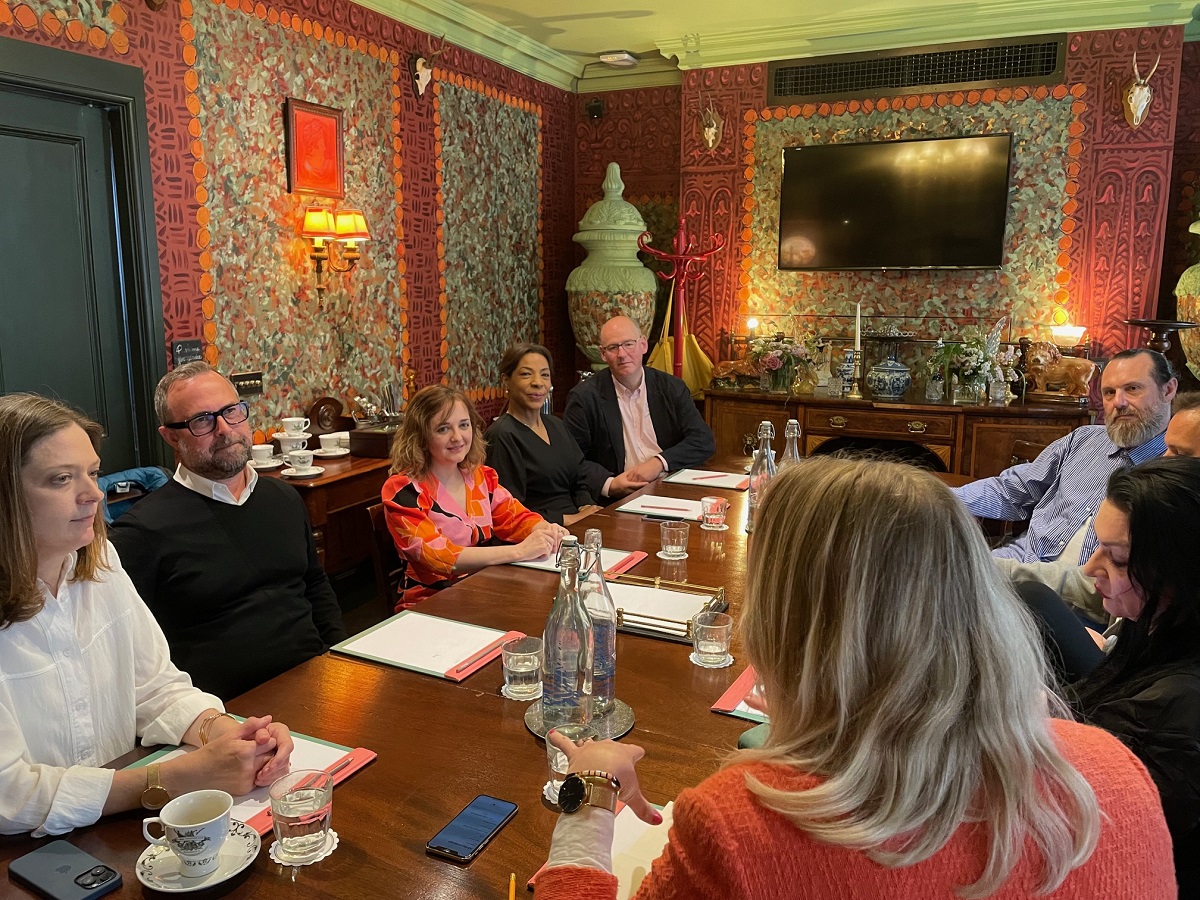
Image credit: Franklite
Sophie Harper: “How do you convey to a lighting designer the sort of mood you want to achieve in a particular area?”
David: “One of the last hotels I worked on, the corridor was just a continual 40-metre length and we were wondering what to do with it. We wanted to create some drama and interest and so spoke to a lighting designer and came up with a scheme that worked out to be really special and were able to roll it out across 11 storeys.”
Michael Fern: “We talk about defining the brief in terms of functional and emotional aspects and there are a lot of operational requirements within most of the spaces we’re designing but the emotional part is all about the end user and what we want them to feel – what’s their takeout – we try to describe the characteristics of how each space should feel and if you work with the right lighting consultant, they’ll know how to help you translate that. The same level of detail that goes into the interiors should also go into the lighting.”
Emma: “This is the question we always ask ourselves whenever we start on any project, because it’s not about the designer or the hotelier or the owner, it’s always, always about the guest. I describe it as theatre, you have different acts and performances to evoke different emotions and hopefully create a positive experience for the guest.”
Rasha Gamal: “We really consider the functionality and how each level of lighting design adds to that. In a guestroom for example, you need lighting on high levels, on mid levels, night lights – all of these things make it a more comfortable stay for the guest. Bathroom lighting is a big deal – making sure you have the right lighting for make-up application, should you have warm lighting, cold lighting for example.”
Emma: “the lighting in public washrooms is a major consideration too – if you think about people on a night out, they might be out on a date, and they want to feel good about how they look – and that’s all on you!”
Clare: “and then that has to filter through to all the other areas too – so they continue to think they look great and therefore feel great whenever they catch a glimpse of themselves in a reflective surface!”
Michael: “I used to design spaces for Rigby & Peller and designed changing rooms for people buying lingerie. If the lighting wasn’t right, you’d lose a purchase because that person didn’t feel good about what they were looking at in the mirror. There’s a lot of research that goes into making people feel like a million dollars.”
Joe Troughton: “One of the first things we do is describe the moods we want people to feel but also what we want them to see – as a designer you’re in control of that, you own that moment, but you have to get everyone on board and buy into your vision. There’s a lot of coordination that goes into it, I can’t imagine not working with lighting designers, I’ve been blessed to have always worked with these experts and they really are experts – you can tell when you walk into a space if there hasn’t been a lighting consultant involved.”

Image credit: Franklite
Sophie: “Do you ever get told ‘no’ by a lighting consultant, as in something’s not possible?”
Emma: “All the time!”
Brooke: “It’s a balancing act, it’s finding that middle ground with the lighting designer and with the client as well and their aspirations – we have to work out what’s practical and what’s going to hit their brief for the end result and what those light levels should be.”
Sophie: “How do you get into the guest psyche and therefore create the perfect space for the end user?”
David: “What you’re trying to create is a mood or atmosphere, often in a dark space where everything that’s meant to be lit is lit but without a single fitting being noticeable. When you can go and sit in a space, you can often visualise how it’s going to work but as individuals we all have a very different mindset so it’s having that level of understanding of what we’re trying to create –feeding back our own experience of that space.”
Emma: “I try to understand the demographic first, I start with a lot of research, get a feel for who will be experience the space, why they’re going there and how they want to feel when they’re there, I try to put myself in their shoes.”
Brooke: “We once had a client who was very sensitive to light and we’d be able to tell how meetings were likely to go based on the lighting in the hotel they were staying at. So as part of the brief for that project, one of our design drivers was to look at different types of lighting in terms of borrowed light, reflective light, tactile light, decorative light; all the ways we could incorporate these different aspects.”
Michael: “We also design corporate spaces and have to consider things like circadian rhythm and how that impacts our mood; how you perceive that experience is really important. We have been looking at things like neurodiversity too. A large percentage of the population has some form of ASD (Autistic Spectrum Disorder), and our perception of a space is highly individual, so we need to be mindful of not overloading the senses with the amount of layering that goes into interior design – acoustics play a huge role here as well.
“Your emotional perspective of how we’re designing an experience for someone is truly sensory. I’ve worked on some brand-led projects in the past where we used a sensory engagement consultant to use sound and scent to change the perception of how things like ice cream tasted, which is phenomenal, and affects how much people might pay for it – down to the smallest details like the colour of the spoon and the colour of the cup they were eating from. This can be seen in healthcare as well, where colours and lighting are used to help patients recover more quickly. I think we’re only really touching the surface of how these things impact us from our built environment.”
Rasha: “Back in Cairo I designed the children’s ward for a cancer treatment facility and we were asked to include colour and bright lights to keep the children engaged, but there was a balance to strike because if there’s too much light or vibrancy it can become distracting and then we become stressed – it was a challenging project, but getting the combination of colour and lighting right produced such a good result.”

Image credit: Franklite
Sophie: “What design faux-pas irk you or put you in a bad mood in hotels?”
Joe: One of my biggest bugbears is not having different settings for the light in bathrooms. You can change the levels everywhere else, but often in hotels the bathroom light is set at one brightness, and as one of the last areas you use before going to bed, after winding down with a meal in a nice restaurant and you go up to your room and they’ve turned the bed down and you’ve got low-level lights to prepare you for sleep, you then go into the bathroom and turn on the lights and all of a sudden you’re awake again. It’s so overlooked.”
Michael: “Lighting controls are an issue as well – if it’s not self-explanatory, then it’s a fail in my opinion.”
Clare: “It’s one of the most frustrating things to be looking at all the different lighting options and not knowing which is which. If you’re in a hurry or getting ready for the day you don’t want to be trying to figure out all the hundreds of lighting configurations.”
David: “It’s a huge challenge because you want to give people the option, but when you’re in an unfamiliar place and you reach for a light switch it needs to be intuitive.”
Sophie: “What have been some of your most challenging or enlightening moments when designing for mood?”
Joe: “When we designed the dressing rooms at Harrods we realised we needed a lighting scheme that gave customers a better idea of what the garments they were trying on would look like at the time of day they would be wearing them. In the past, customers had purchased dresses that had looked great when they tried them on but very different when they wore the same garment to an event, so we came up with a different lighting scheme, and now customers are asked what time of day their event is being held and the sale attendants will change the lighting in the dressing room to suit.”
David: “I had a project where we had a lot of windowless rooms to design and there was a lot of emphasis put on circadian rhythm, particularly with international travellers in mind, so we put in a scheme where you could change your lighting levels to match the city you’d just flown in from – it’s quite a science.”
Brooke: “There’s a lot to be said about the really effortless things that you don’t see – they’re often the things that bring most value. When you go into a hotel room and there are places to put things, and you’re not really thinking about those things, it just naturally flows and there’s enough space for everything. Design isn’t just about those big, visual moments, the best design is simply when everything works and comes together.”
Joe: “I remember the first time I visited the Connaught Bar, and everything about it was just spot-on and made you feel great. It wasn’t just the lighting, it was the acoustics, the view, the way it was intimate but not at the same time. Every sense was catered for – it’s rare when you get a project where everything just falls into place – that was a mood enhancing experience. It’s difficult to replicate that every time because in order to do that you have to be able to understand exactly what it was that made you feel that way, and sometimes you just can’t put your finger on it.”
Franklite is one of our Recommended Suppliers and regularly features in our Supplier News section of the website. If you are interested in becoming one of our Recommended Suppliers, please email Katy Phillips.
Main image credit: Franklite Ltd






